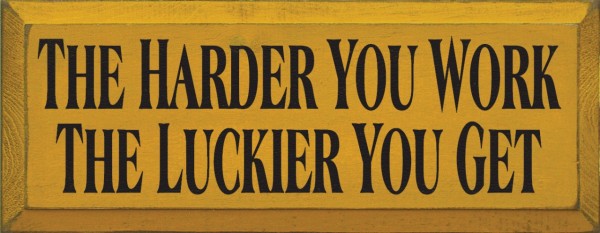 It was not possible to make a living just selling finished rocking horses, the market simply wasn’t and isn’t big enough. If you make, people expect you to be able to restore and a large part of a rocking horse maker’s reputation is built on restorations.
It was not possible to make a living just selling finished rocking horses, the market simply wasn’t and isn’t big enough. If you make, people expect you to be able to restore and a large part of a rocking horse maker’s reputation is built on restorations.
People get a kick out of being able to meet the man who made or restored their horse and in many cases they asked to have the grandchild or child’s photo taken with the maker.
The work hours in the beginning were 10 hours a day 7 days a week in the off season and 16 hours a day in the lead up to Christmas. A decade later it was still 10 hours a day 7 days a week and 16 hours a day in the lead up to Christmas.
The horses were made with hand power tools and a carving disk, not a large and expensive copy carving machine. This means three things: no two horses are exactly the same, there is not a great deal of competition given the physical stresses and long hours and there was always a limited production capacity.
Before our partnership the business made about 100 horses per year and several dozen restorations. Per year, together we made about 200 horses, did 75 restorations and made another 50 as we taught students at our catered 3-Day Power-Carved Rocking Horse Making Classes. We also sold plans, accessories, carving aids and kits by mail order.
While this diversity of activity helped with the seasonality of the business it also suited the gentle shift created by the baby boomer’s access to money and leisure time. They were into classes, DIY, cultural exploration and education . My working life at the time was made so much more pleasurable sharing it with appreciative, like-minded individuals such as those.

